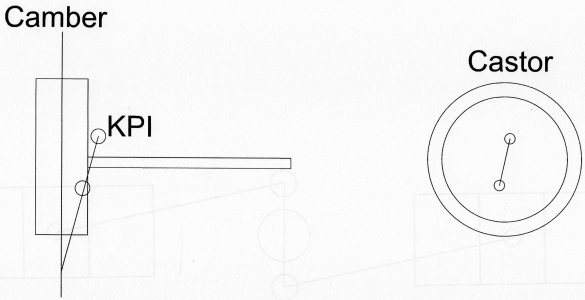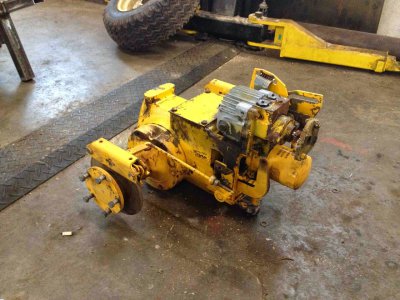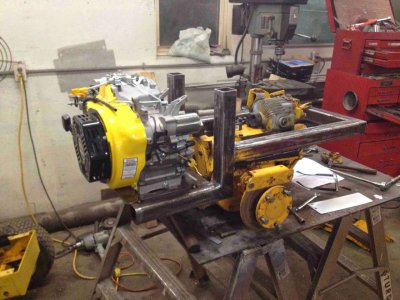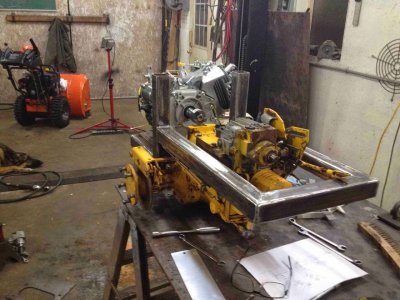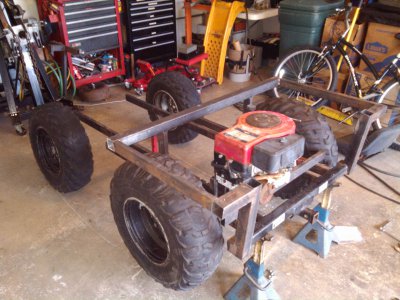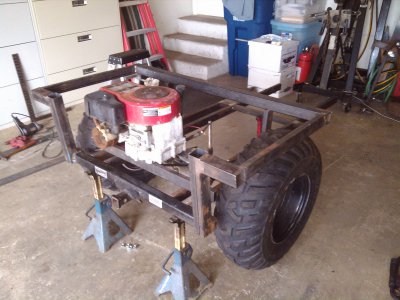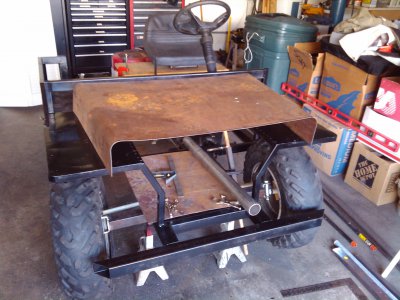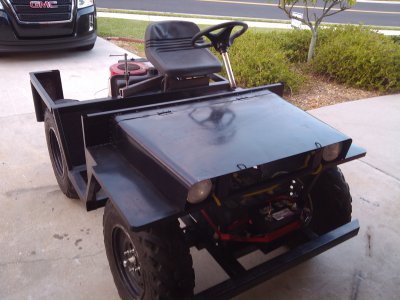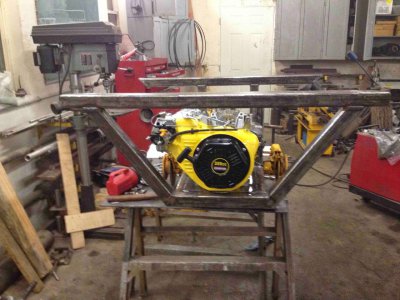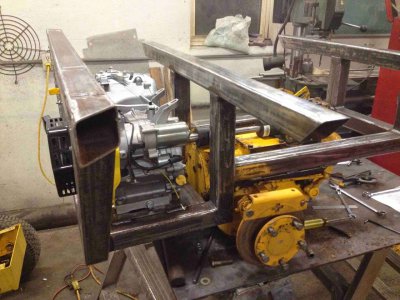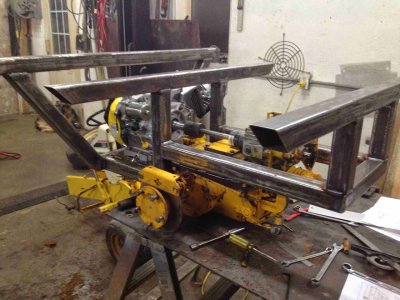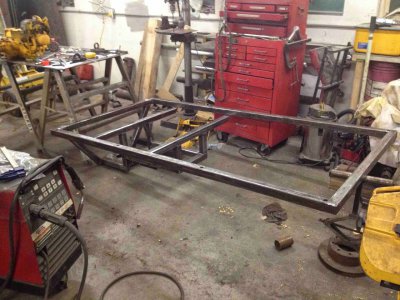F
f350ca
Forum Guest
Register Today
Hi Marcel, will have to fabricate a new axle, the existing cast iron one will be too narrow. Think it will be easier to start from scratch, I'd have to find cast iron material to extend it and the geometry wouldn't be right in the end.
From what I've researched the camber is simply set to place the pivot point when your steering in the middle of the tire face. Does that make sense?
Greg
From what I've researched the camber is simply set to place the pivot point when your steering in the middle of the tire face. Does that make sense?
Greg

